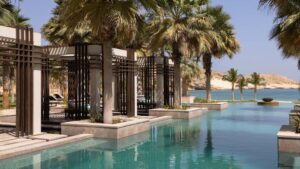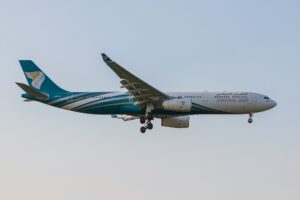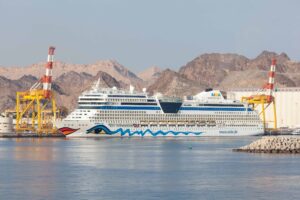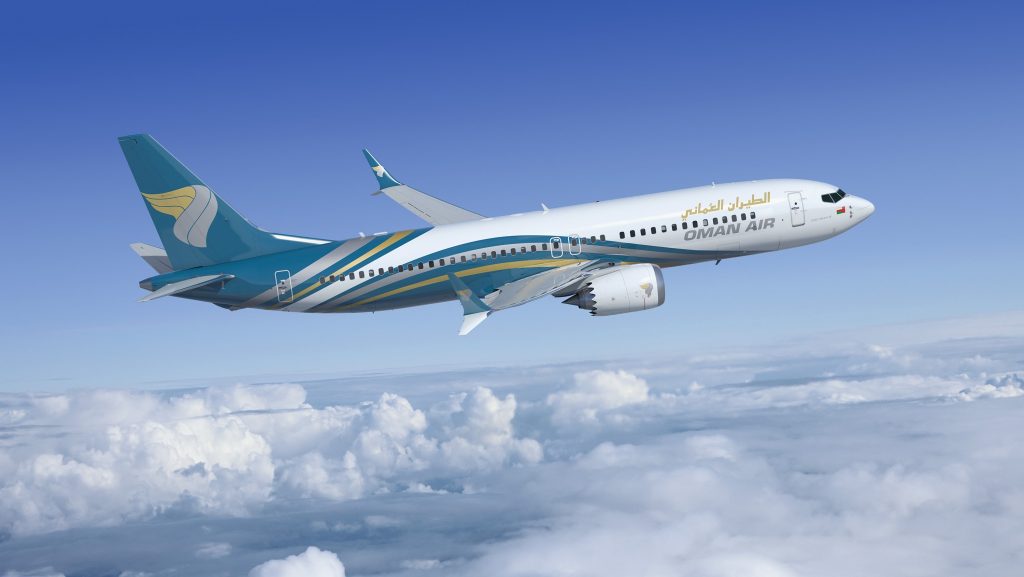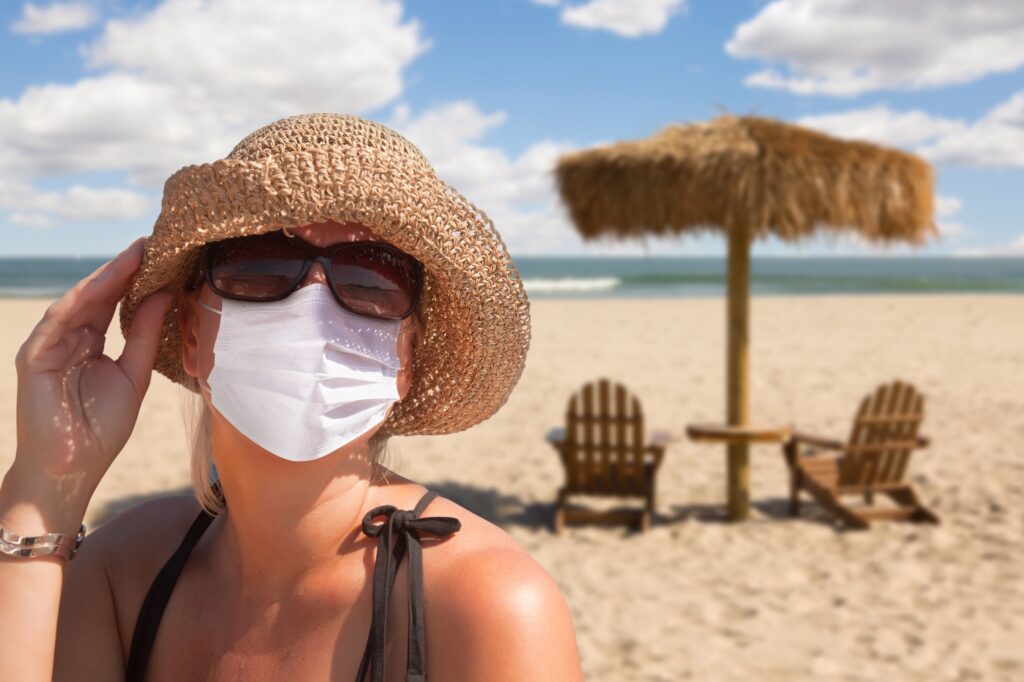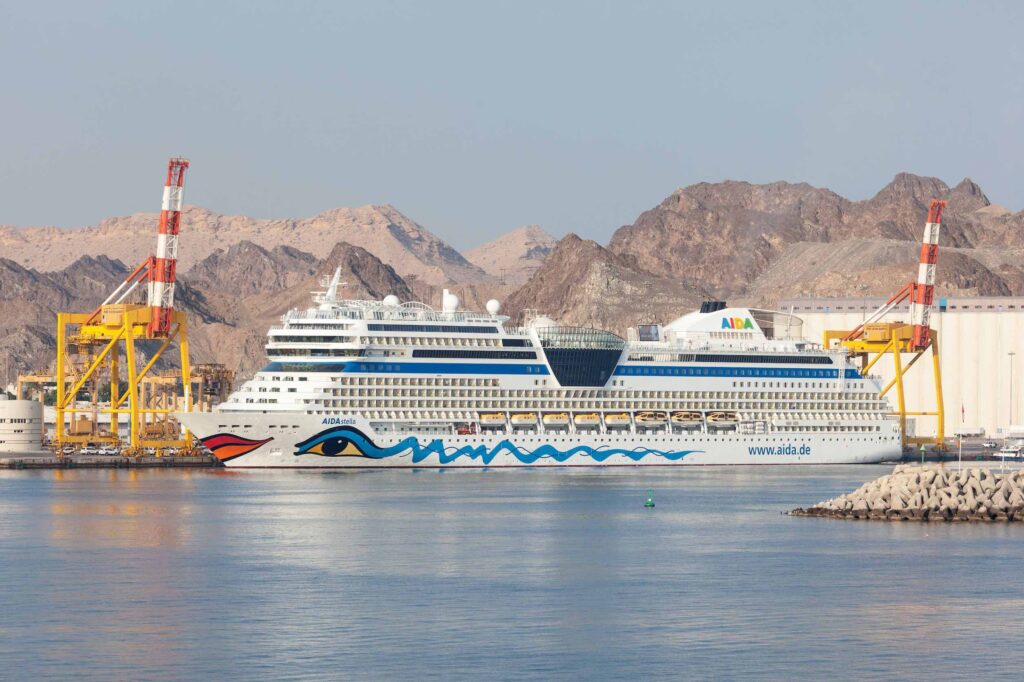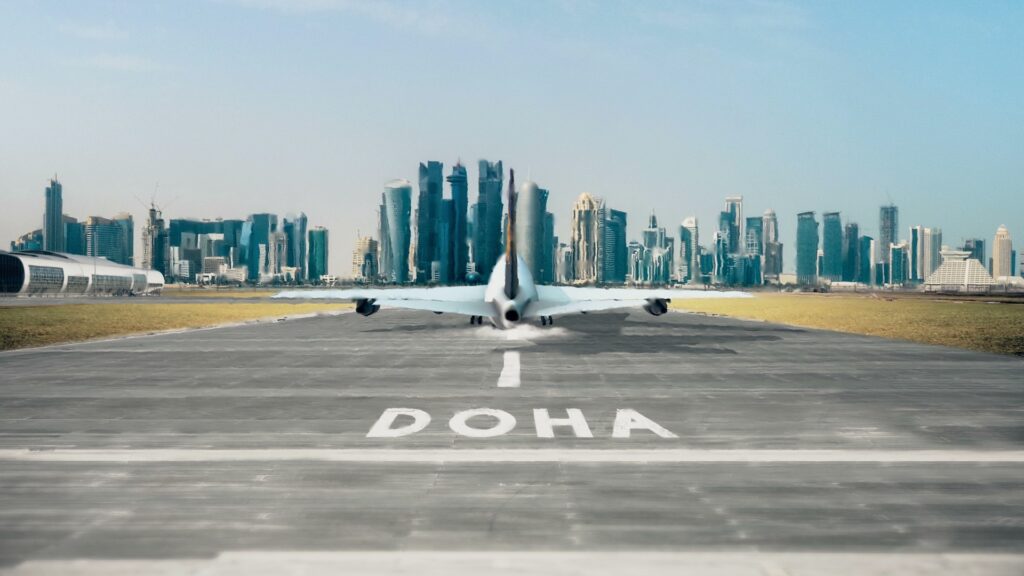Oman
Are you interested in learning the ancient habits and traditions of the Arab peninsula and discovering how life was like in these lands before the economic boom?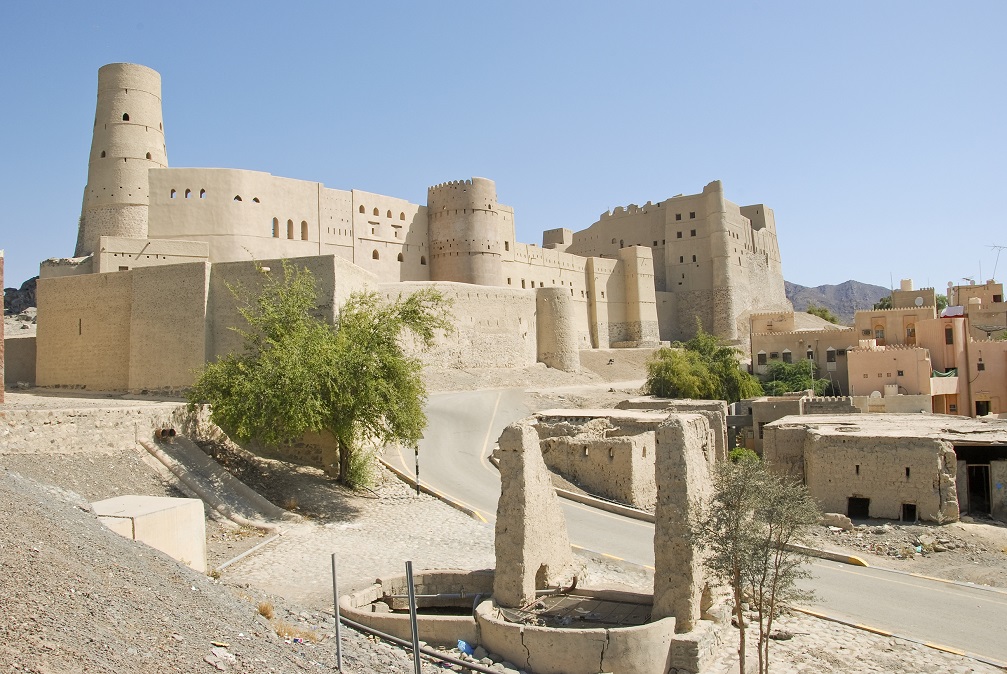
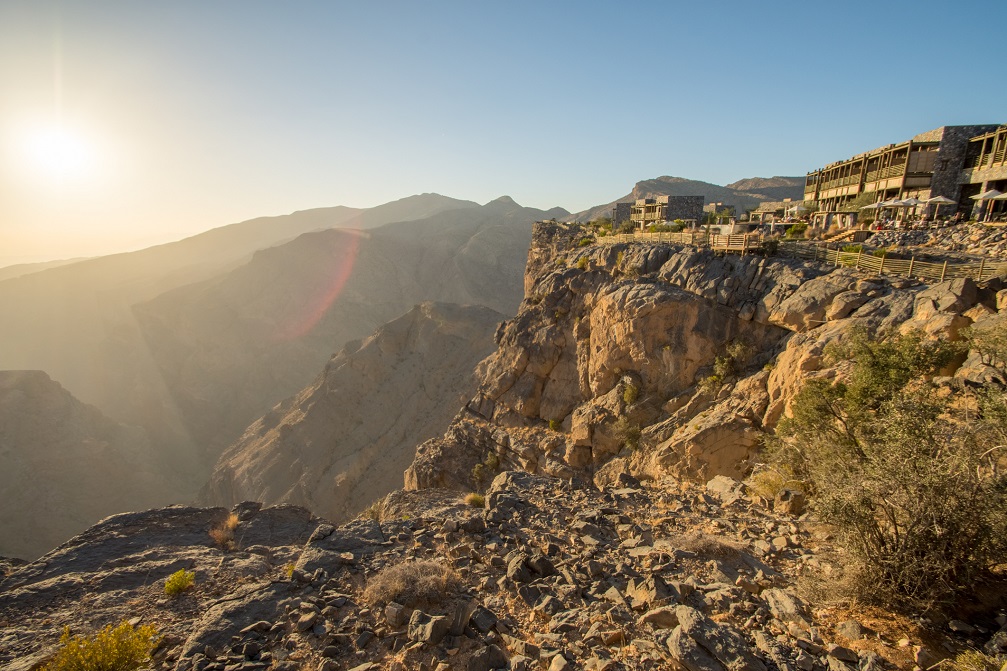


Situated on the southeastern coast of the Arab peninsula, Oman is a land dominated by the desert. It’s indeed one of the few countries in the world with no rivers. However, there are several watercourses with seasonal flows, called wadis, that form fresh oases in the middle of the desert where you will be able to swim. The capital, Muscat, is situated in the northeast of the country where the mountain chain of Al Hajar, with peaks of over 3000 meters, blends with the Arabian sea. Apart from a few big cities, Oman is characterized by its ancient small villages, the most picturesque are: Misfat Al Abriyeen, Kumzar Village, and Balad Sayt. The country is also home to more than 500 ancient fortresses and the most known can be found in Nizwa, Jibreen, Nakhal, and Khasab.
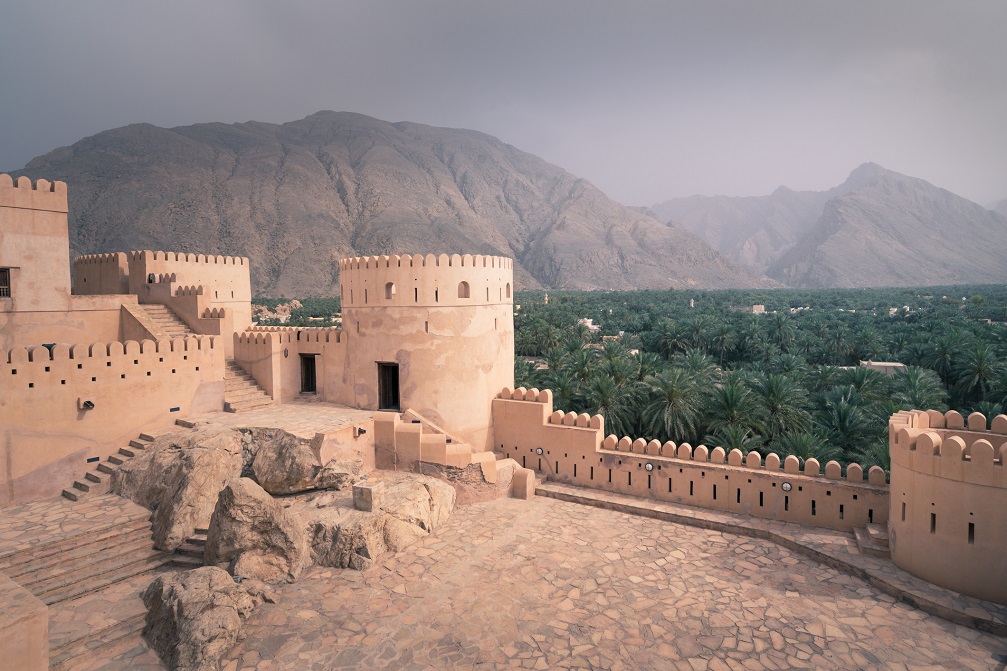


But what’s the best time to travel to Oman? Of course, Oman is a very warm country, with the average temperature during the winter being higher than the average temperature on a typical UK summer. Summers can be quite hot, with temperatures reaching the 50-degree celsius, so try to avoid traveling to Oman from June to September. The best period to visit the country is between November to March when temperatures are around 27 °C to 19 °C during the day. But beware, in November the risk of cyclones on the coast of the Arabian Sea can be high!
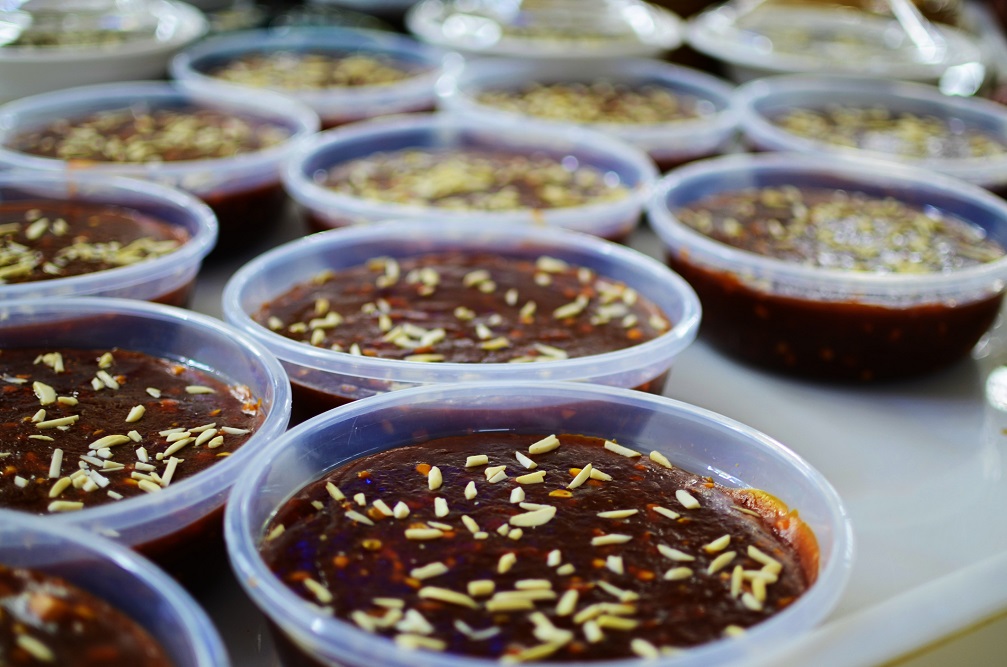


Oman cuisine is heavily based on meat and fish. Here you will be able to try some local specialities such camel biryani, camel meat cooked with rice and vegetables. If trying camel meat is a bit too much for you, you can still order Majboos, a similar version with chicken, usually served with yoghurt or green salad on the side. If you prefer fish, you can’t miss Mashuai, grilled kingfish served with a savoury lemon sauce. In terms of sweets, you can try the typical Halva, a dessert made of sugar, honey, rose water and eggs. Of course, throughout the day you will also be offered the local coffee, Kahwa, served with cardamom and dates on the side.
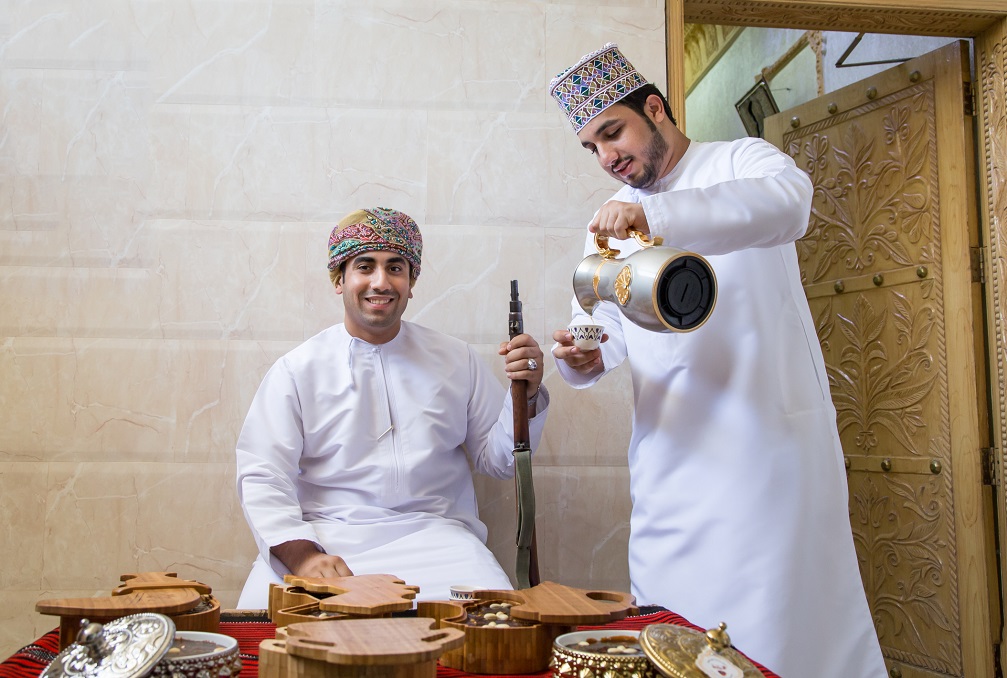


The typical clothes worn by Omani are quite conservative. Men tend to wear a colorful hat called Kuma and a simple white tunic called dishdasha. Women typically wear a colorful dress with matching trousers, called sirwal. Bear in mind that Oman is an Arab country and that pieces of clothes that show too much skin may not be appropriate. On average, activewear is always a good choice. If you’re visiting Oman during the winter, bring light clothes for the day and a jacket for the night. If you’re visiting during the summer make sure to bring with you loose-fitting clothes made with natural material and something to protect yourself from the strong sun.
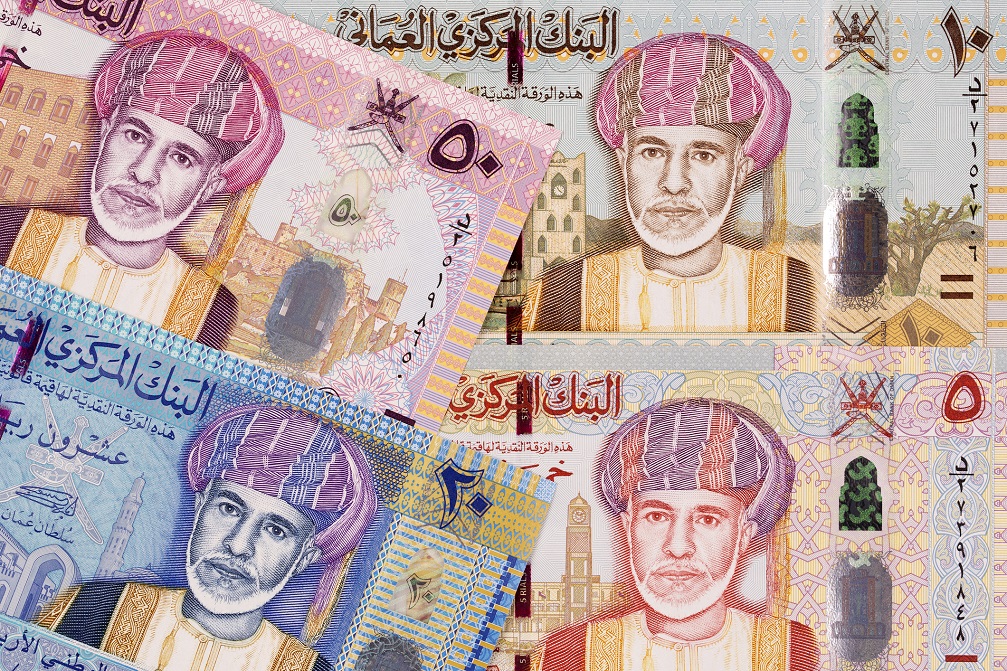


The currency of Oman is the Omani rial. One Omani rial is approximately 1.80 pounds. Oman can be quite expensive so make sure to bring enough money with you. First and foremost you need to take into account that public transport in the country is almost nonexistent. This means that, unless you’re going to stay in a resort, you will either have to rent a car or move around with a taxi, which can be expensive. Moreover, there are no hostels in the country, and prices for hotels range from affordable to expensive. In other words, unless you’re planning to camp outside every night, a trip to Oman is never cheap.



The official language of Oman is Arabic, but English is widely understood and road signs are often in both languages. If you’re staying in Muscat or the second biggest city in the country, Salalah, you shouldn’t worry too much. Even if you are trying to communicate with a person who doesn’t understand you, you will surely find someone nearby who knows English and will be happy to help. Anyway, trying to learn a few basic words or sentences in Arabic, such as ‘thanks’, ‘sorry’, ‘good morning’ and ‘goodbye’ is always a good idea! Other languages spoken in the area are Balochi, a form of Arabic typical of Iran, and Urdu, the primary language used in Pakistan.
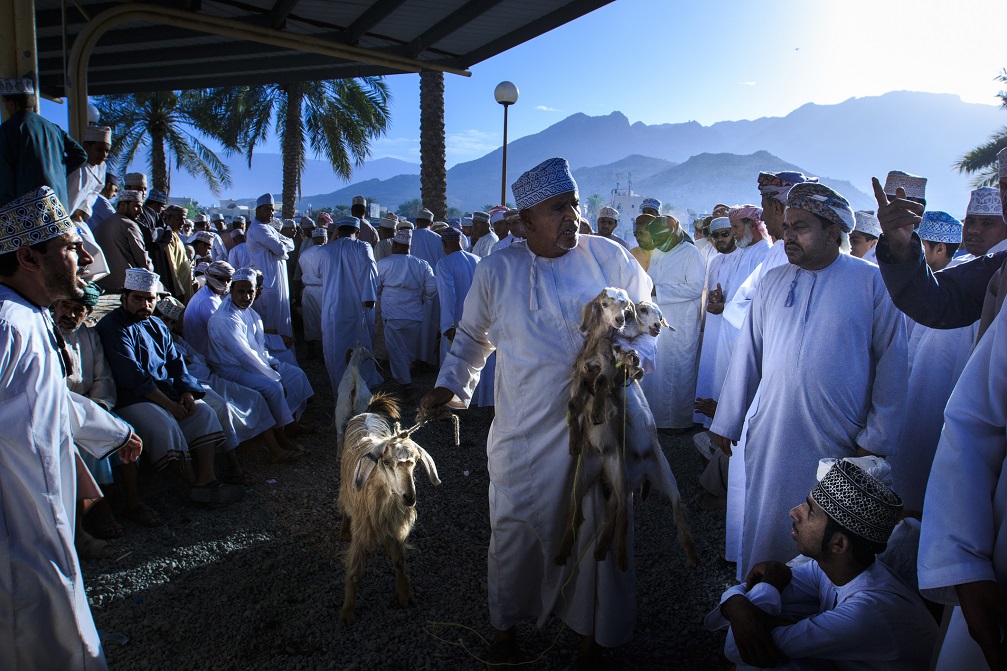


Omani is extremely welcoming people and they will always do their best to make sure their guests are comfortable. Daily life in Oman revolves around two main buildings: the mosque and the local market. But remember that here the division between the sexes is very present. Both markets, called souq, and mosques have different sections for women and men. The Muslim religion is at the core of everyday life and the days are marked by praying times. Make sure to visit some mosques, such as Sultan Qaboos Grand Mosque during your stay. The market is another fundamental social space in Oman. One of the most ancient markets can be found in the city of Sinaw where bedouins bring their own animals, such as camels and goats, to sell.
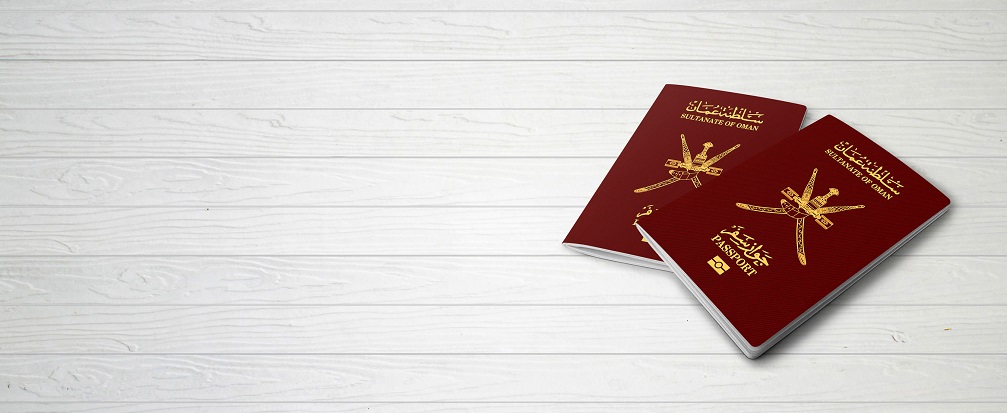


But let’s talk about some practicalities! If you have a UK passport you will be able to travel within Oman for a period of up to 10 days, however, if you wish to stay longer, you will have to apply for an online visa. The process of applying for an eViza is very fast and it will only take 24 hours to receive approval. During the online application, you will be asked questions such as passport details, travel itinerary, and your education level. In order to apply, you will need a valid passport with at least six months validity, a recent digital photo, and your email address. The eVisa will be valid for six months and it will allow you to stay in the country for 30 days. Unfortunately, it’s no longer possible to issue a visa request on arrival so make sure to get one before your departure.
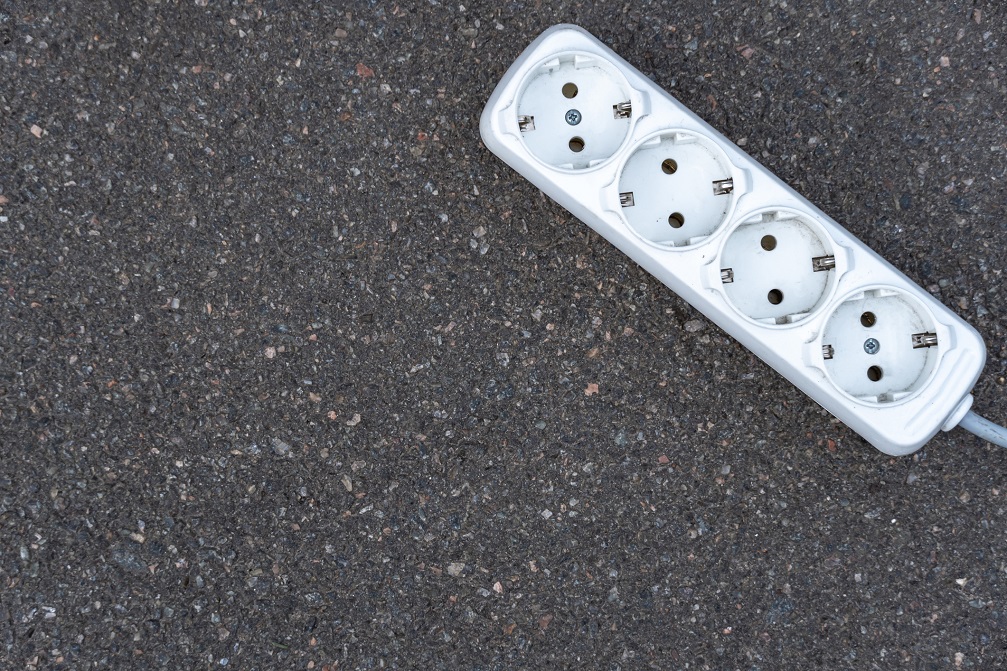


It should also be pretty straightforward to charge your electrical devices as Oman uses type C and G outlets. Lastly, if you are planning to rent a car remember that in Oman cars drive on the right side of the road.






Situated on the southeastern coast of the Arab peninsula, Oman is a land dominated by the desert. It’s indeed one of the few countries in the world with no rivers. However, there are several watercourses with seasonal flows, called wadis, that form fresh oases in the middle of the desert where you will be able to swim. The capital, Muscat, is situated in the northeast of the country where the mountain chain of Al Hajar, with peaks of over 3000 meters, blends with the Arabian sea. Apart from a few big cities, Oman is characterized by its ancient small villages, the most picturesque are: Misfat Al Abriyeen, Kumzar Village, and Balad Sayt. The country is also home to more than 500 ancient fortresses and the most known can be found in Nizwa, Jibreen, Nakhal, and Khasab.



But what’s the best time to travel to Oman? Of course, Oman is a very warm country, with the average temperature during the winter being higher than the average temperature on a typical UK summer. Summers can be quite hot, with temperatures reaching the 50-degree celsius, so try to avoid traveling to Oman from June to September. The best period to visit the country is between November to March when temperatures are around 27 °C to 19 °C during the day. But beware, in November the risk of cyclones on the coast of the Arabian Sea can be high!



Oman cuisine is heavily based on meat and fish. Here you will be able to try some local specialities such camel biryani, camel meat cooked with rice and vegetables. If trying camel meat is a bit too much for you, you can still order Majboos, a similar version with chicken, usually served with yoghurt or green salad on the side. If you prefer fish, you can’t miss Mashuai, grilled kingfish served with a savoury lemon sauce. In terms of sweets, you can try the typical Halva, a dessert made of sugar, honey, rose water and eggs. Of course, throughout the day you will also be offered the local coffee, Kahwa, served with cardamom and dates on the side.



The typical clothes worn by Omani are quite conservative. Men tend to wear a colorful hat called Kuma and a simple white tunic called dishdasha. Women typically wear a colorful dress with matching trousers, called sirwal. Bear in mind that Oman is an Arab country and that pieces of clothes that show too much skin may not be appropriate. On average, activewear is always a good choice. If you’re visiting Oman during the winter, bring light clothes for the day and a jacket for the night. If you’re visiting during the summer make sure to bring with you loose-fitting clothes made with natural material and something to protect yourself from the strong sun.



The currency of Oman is the Omani rial. One Omani rial is approximately 1.80 pounds. Oman can be quite expensive so make sure to bring enough money with you. First and foremost you need to take into account that public transport in the country is almost nonexistent. This means that, unless you’re going to stay in a resort, you will either have to rent a car or move around with a taxi, which can be expensive. Moreover, there are no hostels in the country, and prices for hotels range from affordable to expensive. In other words, unless you’re planning to camp outside every night, a trip to Oman is never cheap.



The official language of Oman is Arabic, but English is widely understood and road signs are often in both languages. If you’re staying in Muscat or the second biggest city in the country, Salalah, you shouldn’t worry too much. Even if you are trying to communicate with a person who doesn’t understand you, you will surely find someone nearby who knows English and will be happy to help. Anyway, trying to learn a few basic words or sentences in Arabic, such as ‘thanks’, ‘sorry’, ‘good morning’ and ‘goodbye’ is always a good idea! Other languages spoken in the area are Balochi, a form of Arabic typical of Iran, and Urdu, the primary language used in Pakistan.



Omani is extremely welcoming people and they will always do their best to make sure their guests are comfortable. Daily life in Oman revolves around two main buildings: the mosque and the local market. But remember that here the division between the sexes is very present. Both markets, called souq, and mosques have different sections for women and men. The Muslim religion is at the core of everyday life and the days are marked by praying times. Make sure to visit some mosques, such as Sultan Qaboos Grand Mosque during your stay. The market is another fundamental social space in Oman. One of the most ancient markets can be found in the city of Sinaw where bedouins bring their own animals, such as camels and goats, to sell.



But let’s talk about some practicalities! If you have a UK passport you will be able to travel within Oman for a period of up to 10 days, however, if you wish to stay longer, you will have to apply for an online visa. The process of applying for an eViza is very fast and it will only take 24 hours to receive approval. During the online application, you will be asked questions such as passport details, travel itinerary, and your education level. In order to apply, you will need a valid passport with at least six months validity, a recent digital photo, and your email address. The eVisa will be valid for six months and it will allow you to stay in the country for 30 days. Unfortunately, it’s no longer possible to issue a visa request on arrival so make sure to get one before your departure.



It should also be pretty straightforward to charge your electrical devices as Oman uses type C and G outlets. Lastly, if you are planning to rent a car remember that in Oman cars drive on the right side of the road.
Travel related news, information and inspirational articles and videos for travellers booking flights or holidays to Oman. Ask questions about travel in Oman and get answers from Oman experts
NEWS
Inspiration, Information and Travel Guides
MEET THE Oman EXPERTS
If you are looking to book a holiday to Oman or needs some help and advice planning travel to Oman then contact one of the UK based independent travel agents that specialise in Oman itineraries.
FEATURED VIDEOS
Your Travel Questions Answered
Ask any travel related question and get an answer from one of our experts that will provide you with an answer from their personal experience
There is no question for this category.


